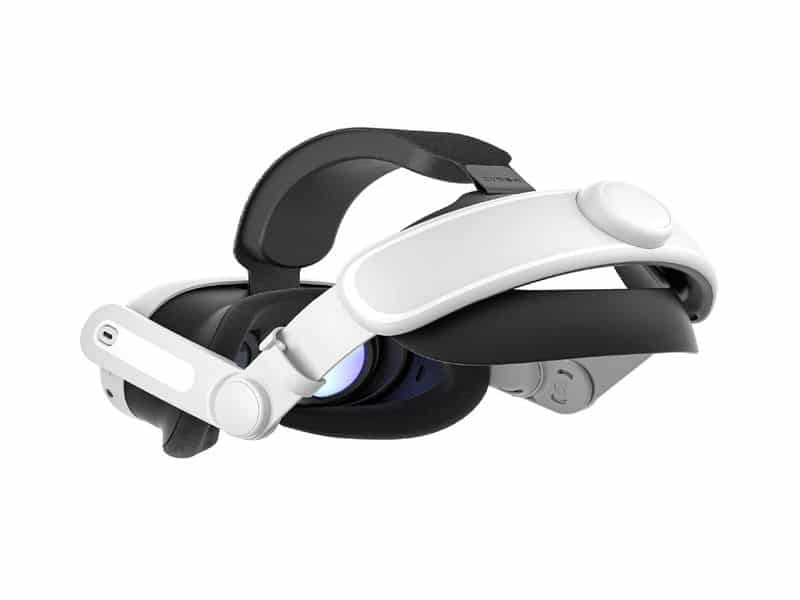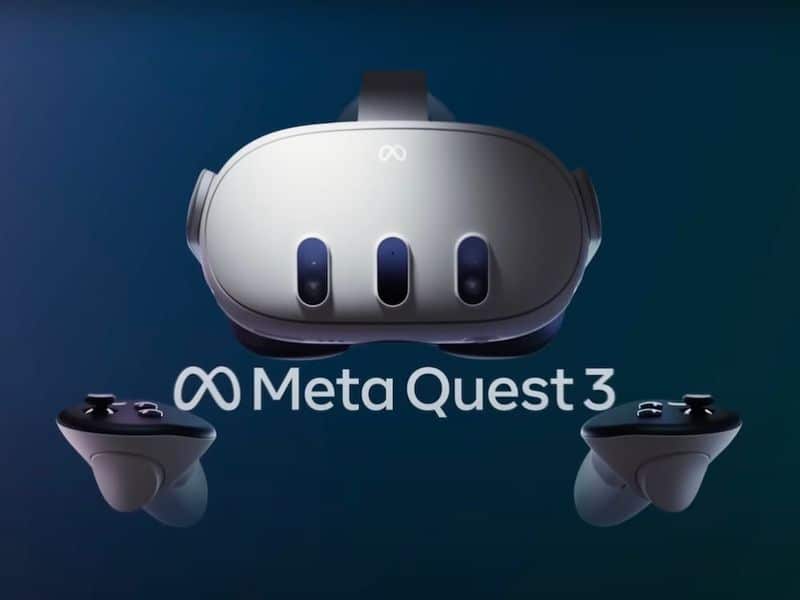Meta’s latest innovation, the Quest 3, is officially here, marking a major leap in virtual and mixed reality technology. Designed to blend the physical and digital worlds seamlessly, this device is set to redefine immersive experiences for consumers and developers alike.
A Look at the Features
Meta Quest 3 boasts several standout improvements from its predecessors. Equipped with the Qualcomm Snapdragon XR2 Gen 2 chipset, it delivers twice the graphical power of the Quest 2. Users can expect sharper visuals and faster performance, allowing for more graphically demanding applications and smoother gameplay
Improved Comfort and Customization

Meta has made significant design improvements to enhance user comfort. The Quest 3 is 40% thinner than the Quest 2, thanks to the next-generation pancake lens. This slimmer profile, paired with better weight distribution and an adjustable strap, ensures a snug and comfortable fit. Whether you wear glasses or have specific facial features, the headset is designed for easy adjustments, making extended sessions more comfortable
Audio Enhancements
Meta has also focused on delivering an immersive sound experience. The Quest 3 features spatial audio with a 40% louder audio range than its predecessor, delivering clear sound and rich bass. Whether you’re gaming, watching movies, or exercising, the improved audio setup ensures you’re surrounded by high-quality sound that matches the visual intensity
Pricing and Availability

The Quest 3 is available in two models: a 128GB version starting at $499.99 and a 512GB version for $649.99. With pre-orders already open, the official release has kicked off worldwide. Meta is also rolling out the more budget-friendly Quest 3S, priced at $300 for 128GB and $400 for 256GB. This model includes similar mixed reality capabilities but at a more accessible price point
ALSO READ: Bandai Namco Trims Workforce Amid Game Cuts
What’s Next for Meta Quest?
Meta’s VR division is gradually phasing out older models like the Quest 2 and streamlining its lineup to focus on the Quest 3 series. With these new offerings, Meta aims to build a more open ecosystem that supports developers and encourages collaborations. They’ve even made their Meta Horizon OS available for other companies, promoting broader use and integration in the mixed reality space.
